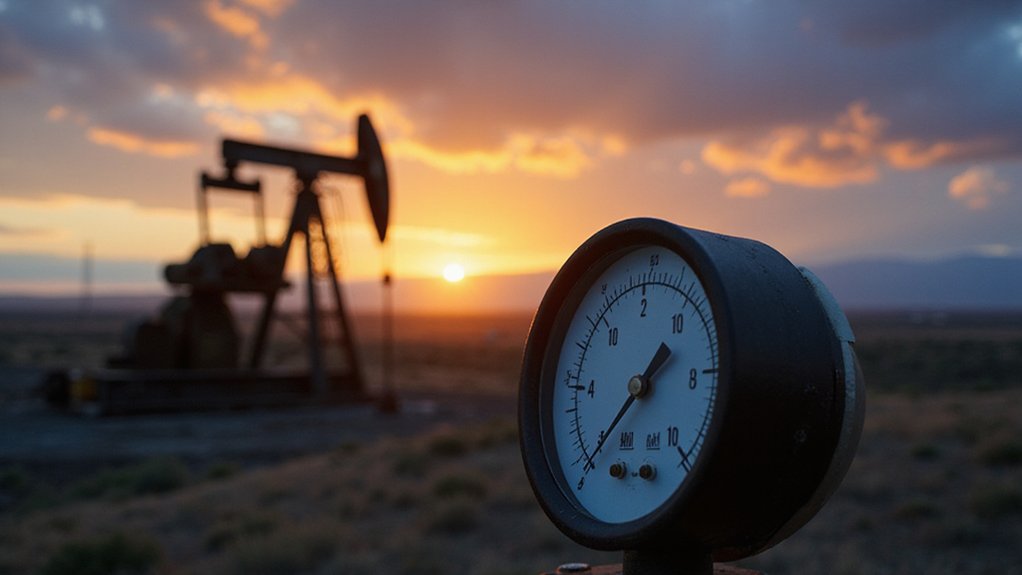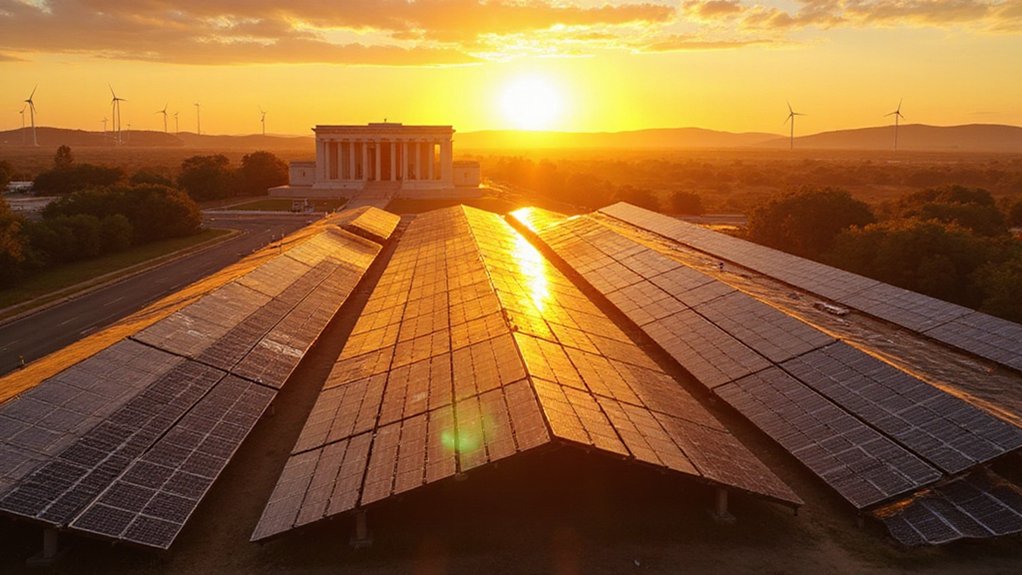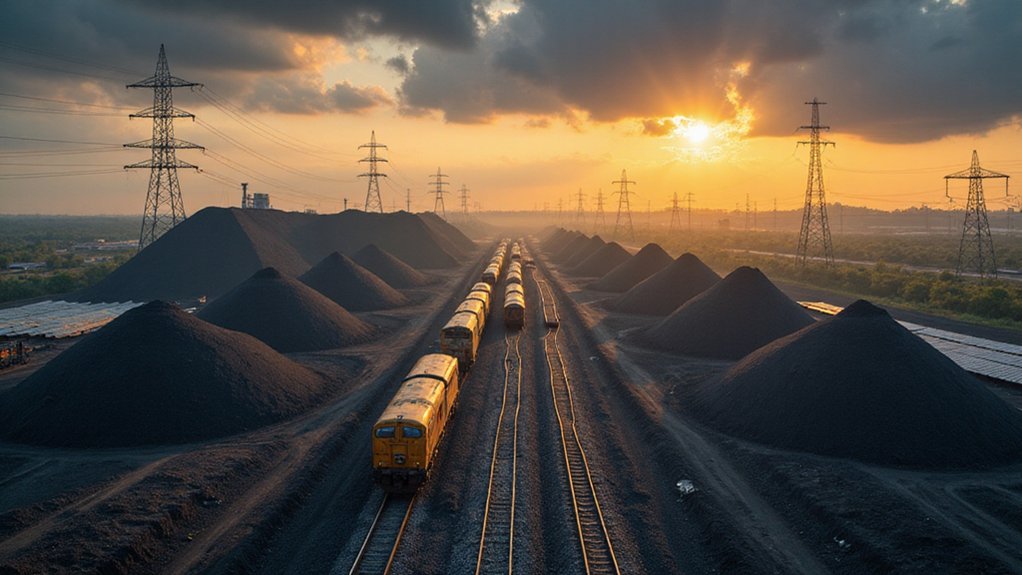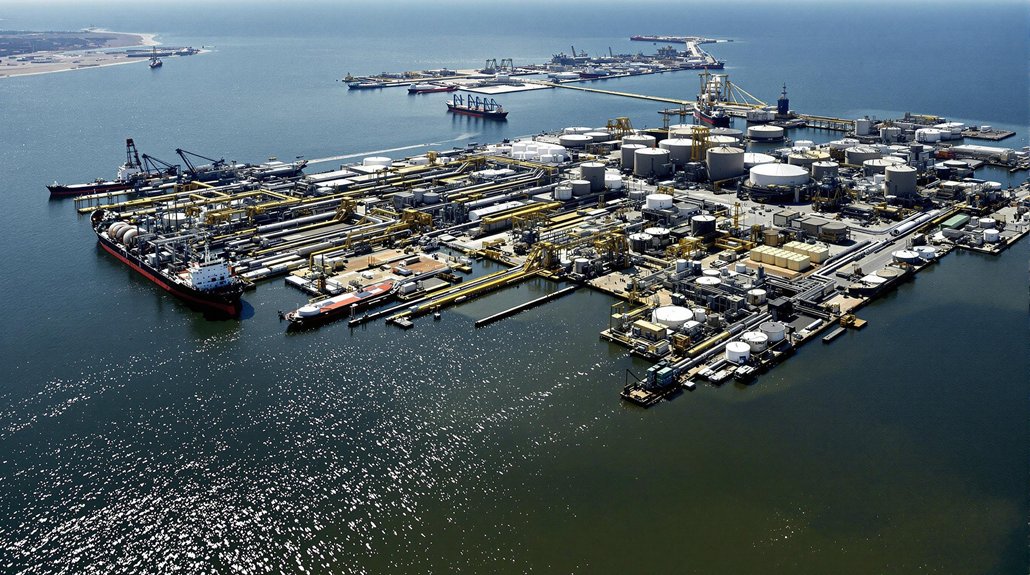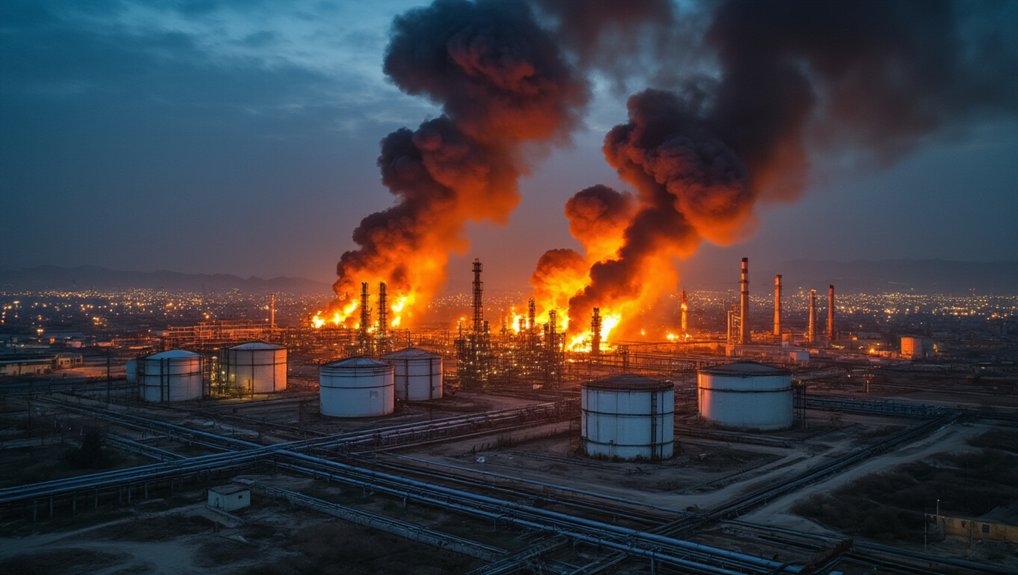U.S. gas production has plateaued at 104.6 billion cubic feet daily, with minimal growth expected. Despite January’s record demand spike to 183 Bcf/d during arctic conditions, production barely budged. Operators aren’t drilling aggressively anymore—they’re playing it safe with maintenance-focused strategies. Why bother ramping up when prices keep sliding toward $3/MMBtu? The industry’s reached its ceiling, folks. Turns out infinite growth isn’t so infinite after all.
While U.S. gas production has recently steadied at a record 104.6 billion cubic feet per day, the anticipated ceiling appears to have been reached. The EIA’s forecast for 2025 paints a sobering picture—growth crawling at a snail’s pace of just 1-2% annually. That’s right, the gas boom is hitting the brakes. From Q1’s 103.7 Bcf/d to Q4’s projected 106 Bcf/d, we’re looking at minimal gains that would barely register on previous years’ growth charts.
Industry players seem content with this plateau. They’re choosing efficiency gains over aggressive drilling campaigns. Conservative capital plans dominate boardroom discussions. Why chase more production when prices hover around $3/MMBtu? Makes sense, kinda.
January’s arctic blast pushed consumption to eye-watering levels—3,922 Bcf for the month, or 126.5 Bcf/d. Daily demand even hit a jaw-dropping 183 Bcf record. But mother nature’s fury has since subsided, and so has immediate demand pressure. Recent data shows demand fell 15.7% week-over-week for the week ending January 30, 2025, indicating a significant easing of market pressures. The widespread adoption of improved technologies has helped minimize freeze-offs during cold weather, stabilizing production even during extreme conditions.
January’s polar vortex sent demand skyrocketing to unprecedented heights, but winter’s bite has eased—along with the pressure on supplies.
The real kicker? Exports. LNG feedgas reached 16.3 Bcf on February 23, another record. In just one mid-February week, 29 vessels carried away 110 Bcf of American gas to foreign shores. That’s a lot of molecules not staying home. LNG demand is forecast to jump 21% above 2024’s average, thanks to shiny new export terminals coming online. This growing export trend makes geothermal energy an increasingly attractive alternative for domestic electricity generation, offering 95% availability without the price volatility of natural gas.
Prices have responded predictably—they’ve tanked. Futures dropped toward $3.0/MMBtu, falling 18.11% since January. The market yawned at record production despite those demand spikes earlier this winter.
Operators in the Appalachian and Haynesville regions aren’t rushing to drill more wells. They’re playing defense, focusing on maintaining what they’ve got rather than chasing growth. Better technology and improved winter preparedness have reduced freeze-offs, but that’s just keeping production steady, not driving it higher.
The ceiling isn’t just visible—we’ve hit it. Hard hat required.
References
- https://www.eia.gov/naturalgas/monthly/
- https://www.aga.org/research-policy/resource-library/natural-gas-market-indicators-january-30-2025/
- https://www.aga.org/research-policy/resource-library/natural-gas-market-indicators-february-27-2025/
- https://www.spglobal.com/commodity-insights/en/news-research/latest-news/natural-gas/021125-us-eia-projects-oil-gas-production-growth-in-2025-amid-stalling-rigs
- https://tradingeconomics.com/commodity/natural-gas
